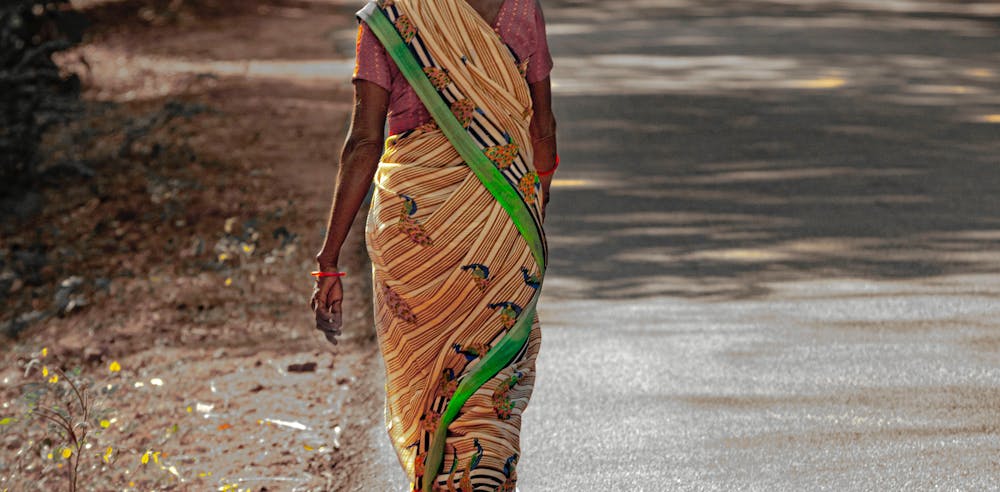The sari is most commonly associated with India, though it is worn around the subcontinent. Sometimes, the sari is designated as uniquely Indian for political reasons.
In Pakistan, for example, the sari became ‘Indian’ attire during the military regime of Zia-ul-Haq. Prior to his coming to power, the sari was commonly worn by all women in the home, at work and on the streets. In the 1970s, the culture of wearing saris slowly waned. Zia-ul-Haq’s ‘Islamisation’ program enacted guidelines that intensified the change. For example, he barred women broadcasters from wearing saris on TV and forced them to cover their heads. Some argue that Zia’s rules helped invisibilise women from the public eye.
Before that, the sari was mostly worn by Hindu, Zoroastrian and migrant Muslims who had fled to Pakistan during partition. It had a variety of cultural and social meanings. However, when Zia-ul-Haq came to power, the sari came to be associated with being Hindu and therefore Indian.
This perception remains alive today in Pakistan. The sari is now mostly worn by Hindu and Zoroastrian women, as well as senior citizens. However, it is also a key part of women’s outfits for weddings and non-religious celebrations.
The sari is no longer commonly seen in the streets of Karachi and Lahore, but a new generation of Pakistan women are attempting to ‘normalise’ the sari by using social media platforms such as Instagram. Brands, individuals and many companies have been pushing the sari as casual wear, trying to popularise it once again. However, this may be seen as a somewhat narrow movement, based on social privilege, since these choices do not function in the same way for working-class women.

